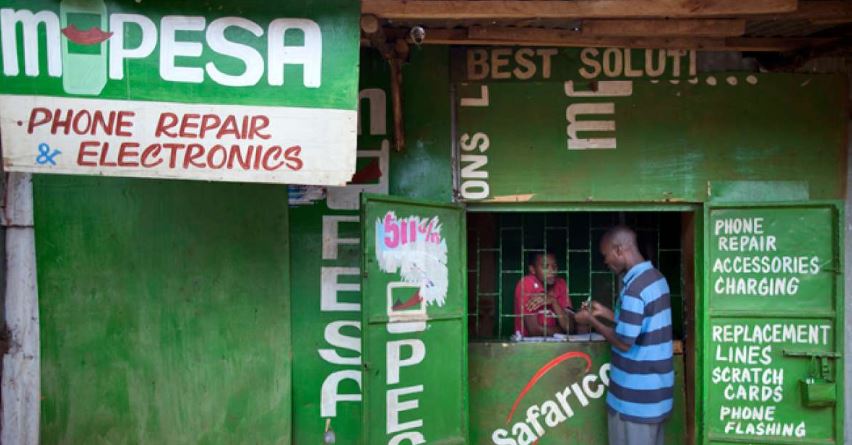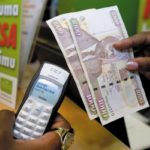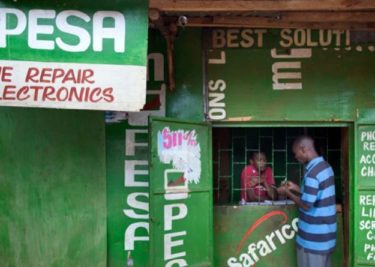The Introduction of Mobile Money in Kenya

M-PESA Agent
Since the creation of money, the ability to move it from one point to another has been a fundamental cornerstone of economic activity. In 2006, Kenya had 41 commercial banks and over 400 bank branches and 600 ATMs that served approximately 36 million Kenyans.
Three years earlier, Nick Hughes, the Head of Social Enterprises at Vodafone (which owned 40% of Safaricom) was aware of a promising approach to sustainable development. Hughes’ believed that access to finance would facilitate entrepreneurial activity, and that this access would have the potential to create wealth. The dilemma wasn’t so much the unavailability of funds but the inability to move money from one person to the other. And so, he made a proposal. The idea was to use mobile phones to deliver financial services, particularly microfinance loans. Given that several people in Kenya had mobile phones but few had bank accounts, the agenda became to tackle the needs of the unbanked population. Hughes and his team systematically reviewed an ideal partnership and settled with a proposed memorandum of understanding between the Commercial Bank of Africa, Faulu Kenya and Safaricom/Vodafone.
Early ideas for how the mobile product would work included designing a mobile platform as a module integrated into core banking technology. The concept however was expensive to build and the team considered a standalone system. Hughes selected a UK-based company to design and build the software for what would be an e-money platform. He also invited Susie Lonie, a mobile commerce expert to assist in the implementation of the project. The two laid down several guiding principles. The mobile money design would have to operate without a bank. The cash would be mirrored in the mobile system as e-money, and the e-money had to exactly match real money for legitimacy.
Retail outlets would act as mobile money retailers where customers could deposit cash into or withdraw cash from e-wallets on their phones. Safaricom, who had roughly 100,000 airtime dealers across the country, seemed like the ideal source of e-money agents but, before soliciting trial customers, the service needed a name. This brought about M-PESA: M for money and PESA, the national term for money.
For the pilot, Safaricom opened a trust account with CBA to receive cash from the agents. The Safaricom finance team issued an equivalent amount of e-money to them in return for that cash, which they used as e-float to service deposits and withdrawals.
The pilot commenced in October of 2005 with 8 agent stores which quickly doubled. In addition to loan repayments, clients could send money to other M-PESA subscribers, buy airtime and deposit or withdraw from an agent. In December 2006, Hughes and Lonie presented their review of the service to Michael Joseph who, in the end, was committed to a full launch of M-PESA.





